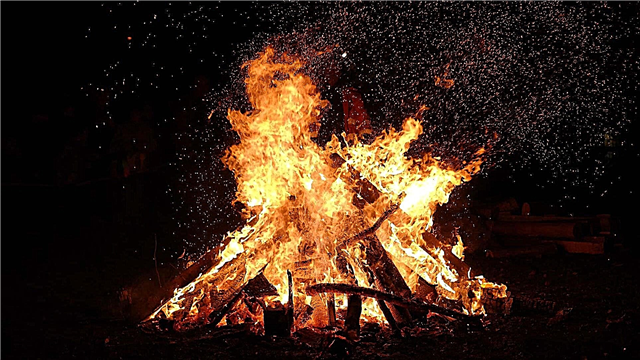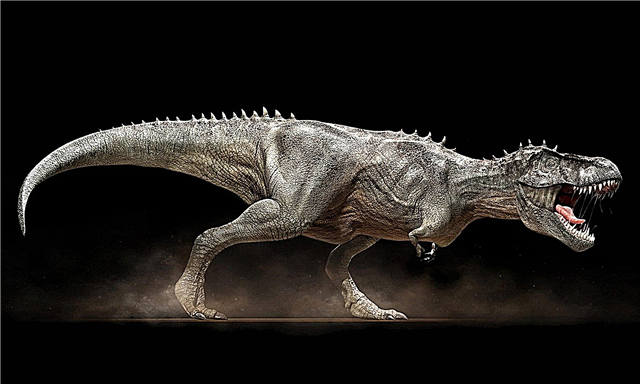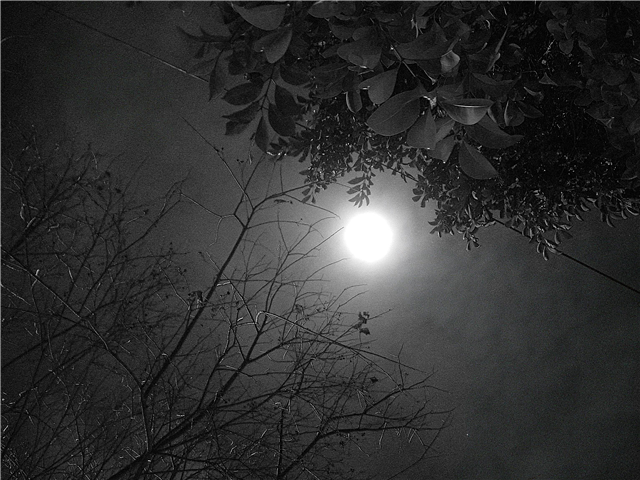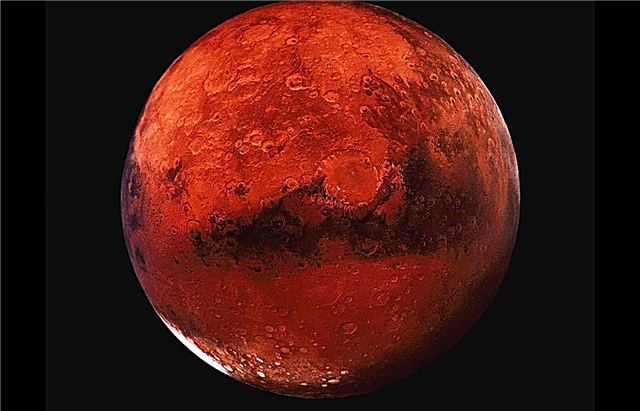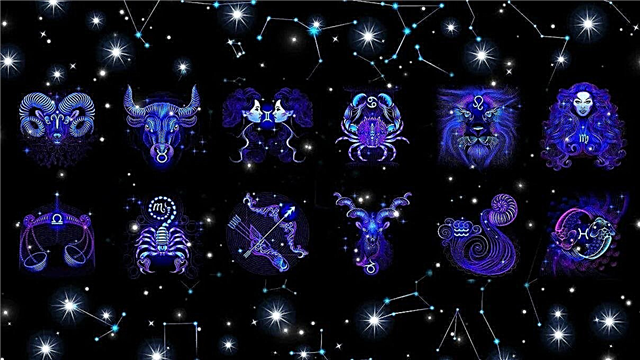
Over 4.5 billion years of the Earth’s existence, millions of different creatures with certain characteristics have already walked on its surface. And when it comes to extinct creatures, dinosaurs immediately come to mind. These creatures lived millions of years ago when the climate on Earth and the location of the continents were significantly different from current ones. In what conditions did dinosaurs have to live, in what climate?
Wilson Climate Change
To fully reveal the main topic of the article, you need to dive into the historical background and get acquainted with some facts. Over time, the climate on the planet changes according to the Wilson cycle: gradually the general temperature drops, the Ice Age begins, then the climate gradually warms, and so on in a circle. A full cycle can take millions of years.
Interesting fact: scientists believe that humanity now lives in the period of the next Ice Age, since there are snow caps at the poles of the planet that are absent during peak warming.
The Wilson cycle is due to the continuous movement of the continents. It is believed that they have already converged several times into a single continent (Pangea is the last supercontinent), and diverged back. Territorial transformations change the climate on the planet, and when Pangea converges, the weather becomes as warm as possible, when the temperature diverges, the ice age gradually sets in.
Dinosaurs lived in the Mesozoic era, which lasted from 251-66 million years ago. Over 185 million years, the climate has changed, following the next Wilson Cycle. To trace its changes, it is advisable to consider each Mesozoic period separately.
Interesting fact: Every year, North America “sails” from Europe by 8 cm. It turns out that over 100 million years the distance between the continents will increase by 8,000 km.
Triassic period (251 - 201 million years ago)

Until the Triassic period, the earth on the planet was a single continent - Pangea. The Triassic begins just from the moment when it began to split into continents. At that time, the first species of dinosaurs already inhabited them.
The climate on the planet was warm. In the coldest parts of the Earth, the temperature was only a few degrees below zero. At the equator, the temperature could reach 50 degrees. Most of the territories were tropics, where dozens of species of ferns grew. Rains were rare, but the dry climate did not prevent the spread of vegetation.

On land, most living things were reptiles, the most common species being notosaurs, ichthyosaurs, placodonts, and asceptosaurs. However, the main life "was boiling" in the only ocean in the middle of which was Pangea. Large predators lived there, mollusks, algae and other organisms continued to develop. Additional difficulties for the land inhabitants were caused by the gradual drying out of most of the inland seas and an increase in the salt concentration in the remaining ones.
Between the Permian and Triassic period, Permian extinction began, during which approximately 25% of marine animals disappeared. Most likely, it was provoked by the fact that the structure of the ocean changed due to the movement of the continents. Because of this, terrestrial creatures gradually gained an evolutionary advantage.
Jurassic period (201 - 145 million years ago)

By the beginning of the Jurassic period, the continents still resembled a single whole, but shallow seas began to form between them. The climate remained the same as in the Triassic period: warm tropics.
However, about 183 million years ago there was a massive eruption of volcanoes, due to which the amount of carbon dioxide in the atmosphere increased significantly. The total temperature on the planet gradually increased by 5 degrees.Due to changes in the composition of the air, the amount of precipitation increased several times, torrential rains appeared, washing mineral substances into the oceans. Because of this, algae and aquatic bacteria began to greatly increase the population.
Precipitation led to the fact that in addition to ferns, tall trees began to appear, the number of species of vegetation increased. Living things also changed dramatically throughout the Jurassic period.

Underwater inhabitants acquired gills, and oysters and mollusks actively filled the ocean floor. As for the land, it was finally captured by dinosaurs, dividing into predators and herbivores. Mammals, in turn, were divided into marsupials, bird animals and placental.
Interesting fact: at that time lived archeopteryx, which is a hybrid of reptiles and birds. They had wings, but they flew rather poorly, instead of a beak they had a lizard-like mouth with sharp teeth, feathers covered the body. Archeopteryxes are considered an unsuccessful attempt to evolve from reptiles to birds. Having failed to adapt, these creatures became extinct after 3 million years of existence.

The elevated temperature lasted from 174 to 166 million years ago, then a gradual cooling began, even icy patches of land appeared. About 155 million years ago, the general temperature began to rise, but by the end of the Jurassic period, cooling had returned again.
Cretaceous period (145 - 66 million years ago)

At the beginning of the Cretaceous, the continents were already at considerable distances from each other. Africa, India, America and Australia diverged in different directions, modern oceans appeared between them.
The temperature on the planet continued to decline gradually. From the beginning of the Cretaceous period up to 114 million years ago, its average indicator gradually fell by 5 degrees. After 20 million years, there was an eruption of volcanoes in the Indian Ocean, which pulled a large proportion of oxygen from ocean waters. This provoked the extinction of most aquatic species belonging to ichthyosaurs.
The earth continued to cool, 70 million years ago, the south and north poles were already covered with snow. In winter, the temperature in some parts of the planet could drop to -10 degrees, and somewhere the indicator even reached -45. Species that failed to adapt to the cold gradually began to disappear.
However, if the dinosaurs experienced difficulties due to the cold, this did not stop the plants from developing. In the Cretaceous period, various types of flowers and petal plants rapidly spread throughout the Earth. This, in turn, provoked the appearance of a large number of insects.
Toward the end of the Cretaceous, dinosaurs no longer dominated the Earth. Due to lower temperatures and regular harsh winters, some species disappeared, replaced by other animals more adapted to survive in cold conditions. They will gradually replace dinosaurs on the planet. One of these will be their closest descendants - birds.
At the end of the period, 66 million years ago, a chalk disaster occurred. For some reason, there has been a sharp extinction of most animals and plants. Dinosaurs ceased to exist. The surviving animals adapted and continued to survive in the current climate, which gradually became as similar as possible to the modern one.
Over 185 million years, while dinosaurs lived, the climate gradually changed from hot to cold. This is due to the split of the unified continent of Pangea into several continents. If initially the temperature rarely dropped to minus, and the climate resembled the warm tropics, then in the last millions of years of the life of dinosaurs on the planet, cold winters began annually.


